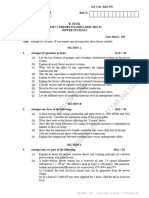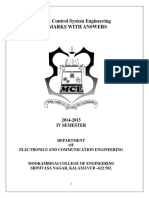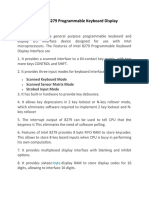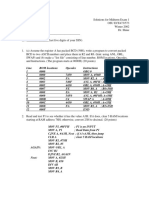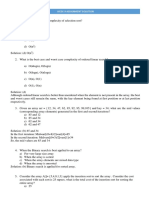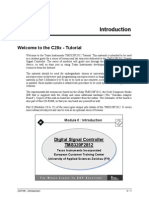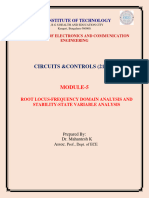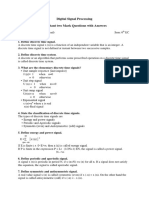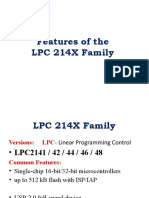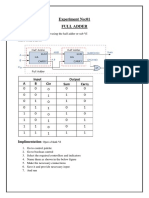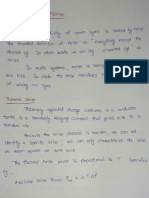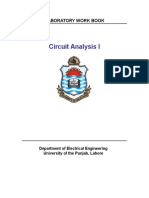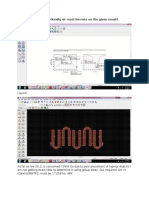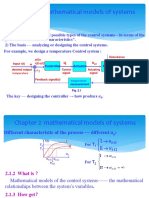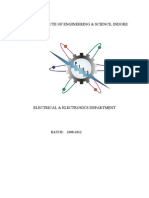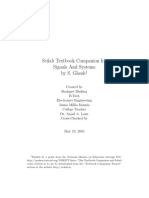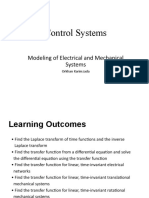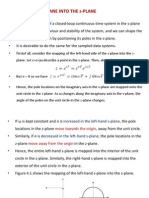0% found this document useful (0 votes)
985 views76 pages9 State Variable Approach (Continuous Systems) : Advantages
The document discusses state variable analysis for continuous systems. It introduces state variables, state space, and state models. A state model represents a system using state equations and output equations. It can analyze time-varying or time-invariant, linear or non-linear, single or multiple input-output systems. A state model is not unique, and different representations like phase variable controllable canonical form and phase variable observable canonical form are possible. Cascade decomposition is also introduced to write transfer functions as products of first-order terms in cascade.
Uploaded by
Nina ButtCopyright
© © All Rights Reserved
We take content rights seriously. If you suspect this is your content, claim it here.
Available Formats
Download as DOCX, PDF, TXT or read online on Scribd
0% found this document useful (0 votes)
985 views76 pages9 State Variable Approach (Continuous Systems) : Advantages
The document discusses state variable analysis for continuous systems. It introduces state variables, state space, and state models. A state model represents a system using state equations and output equations. It can analyze time-varying or time-invariant, linear or non-linear, single or multiple input-output systems. A state model is not unique, and different representations like phase variable controllable canonical form and phase variable observable canonical form are possible. Cascade decomposition is also introduced to write transfer functions as products of first-order terms in cascade.
Uploaded by
Nina ButtCopyright
© © All Rights Reserved
We take content rights seriously. If you suspect this is your content, claim it here.
Available Formats
Download as DOCX, PDF, TXT or read online on Scribd
/ 76






